NATIONAL PARKS
AND
PROTECTED AREAS
CHINNAR WILDLIFE SANCTUARY
Chinnar Wildlife Sanctuary (CWS) is located 18 km north of Marayoor on SH 17 in the Marayoor and Kanthalloor Panchayats of Devikulam Taluk in the Idukki district of Kerala state in South India. It is one of the twelve Wildlife Sanctuaries among the protected areas of Kerala. It is located in a rain shadow region. This sanctuary is a distinct thorny scrub forest, comprising of several xerophytes species. Unlike other sanctuaries of Kerala which receive ample rainfall, Chinner gets barely exiguous showers every year. A visit to this sanctuary is sure to be a memorable experience.
Chinnar is rich in animal life. The 34 species of mammal inhabitants include elephants, panthers, tigers, bisons, deer, spotted deer, sambar, and varieties of monkeys. A commendable 245 species of birds in addition to 52 species of reptiles are seen here. Chinnar protects globally threatened and rare species. Chinnar is a famous dwelling of the country’s endangered Giant Grizzled Squirrel. Thoovanam waterfall is located within Chinnar Sanctuary. Treks to the waterfall start from Karimutty Forest Station and requires the help of local guides. The sanctuary extends on either side of Munnar to Udumalpet road. Marayoor, famous for sandal forest, Stone Age burial chambers and ancient cave paintings are along this road, further from the sanctuary.


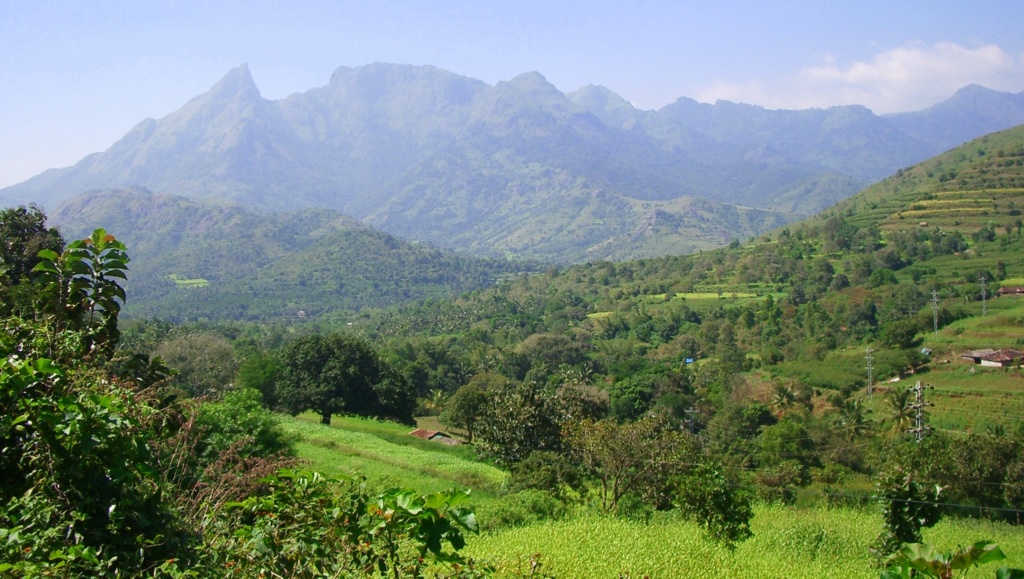
ERAVIKULAM NATIONAL PARK
A sanctuary for the endangered mountain goat of South India, the Nilgiri Tahr (Hemitragus hylocrious), the Eravikulam National Park stands out for the stark beauty of its rolling grasslands and sholas, spread over 97 sq km in the Kannan devan hills. The goats are not shy of tourists and even come very close to a touchable distance. It is an ideal place for seeing the biodiversity of high elevation shola-grassland ecosystem. Visitors are taken to Rajamalai in forest department vehicles and given an opportunity to see all this. Private vehicles are not allowed here. Eravikulam park remains closed during the months of January and February, being the calving season of the goats.
Anamudi, the highest peak (2695 m) south of Himalayas, stands majestically in the core area of the national park. It peaks over the park’s southern border. The giant hill is an Idukki tourist attraction that is a hit with trekkers. The slopes of the hills abound in many kinds of rare flora which include rare terrestrial and epiphytic orchids, and beautiful wild balsams. Important fauna here are the Nilgiri Tahr, Nilgiri Langur, leopard, tiger, Indian bison, etc.
A protected area, the sanctuary is divided into three regions - the core area, the buffer area and the tourism area. Visitors are allowed only to the tourism area - Rajamalai - the region lying beyond the road entry into Eravikulam. Here one can observe the Nilgiri Tahr at close quarters. Strobilanthus (neelakurinji), the rare plant that flowers once in a decade, grows in abundance within the park territory.




IDUKKI WILD LIFE SANCTUARY



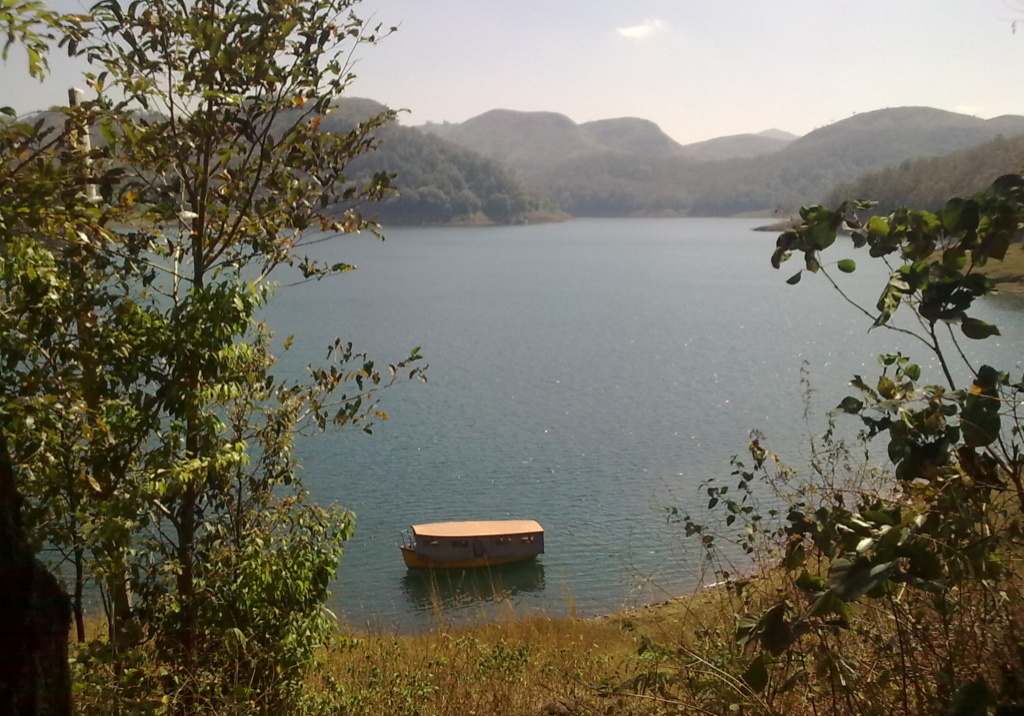
The sanctuary, situated at an altitude of 450 to 748 meters above the sea level, has a tropical green cover sprawling over 77 sq. km covering Idukki and Thodupuzha thaluks of Idukki district. The reservoir, located in the sanctuary, is the prime water source and is formed by three dams, namely Cheruthoni, Idukki and Kulamanu, covering up to 33 sq km area. The perfect way to enjoy the beauty and natural wealth of the sanctuary is by taking a boat cruise around this picturesque lake.
The sanctuary is home to wild animals such as Indian bison, boar, wild dog, jungle cat, elephant, deer and bear. It is also inhabited by various poisonous and non-poisonous snakes and a number of birds like woodpecker, laughing thrush, black-bulbul, myna, jungle fowl, kingfisher and peafowl. This sanctuary is surrounded by dense tropical evergreen forests, leaf shedding forests, tropical semi-evergreen forests and meadows. White-pine, kuntherekkapine, cheeni, rosewood, vayana, bhadraksham, pali and meadows of rolling grass are also found in the sanctuary.
KURINJIMALA SANCTUARY
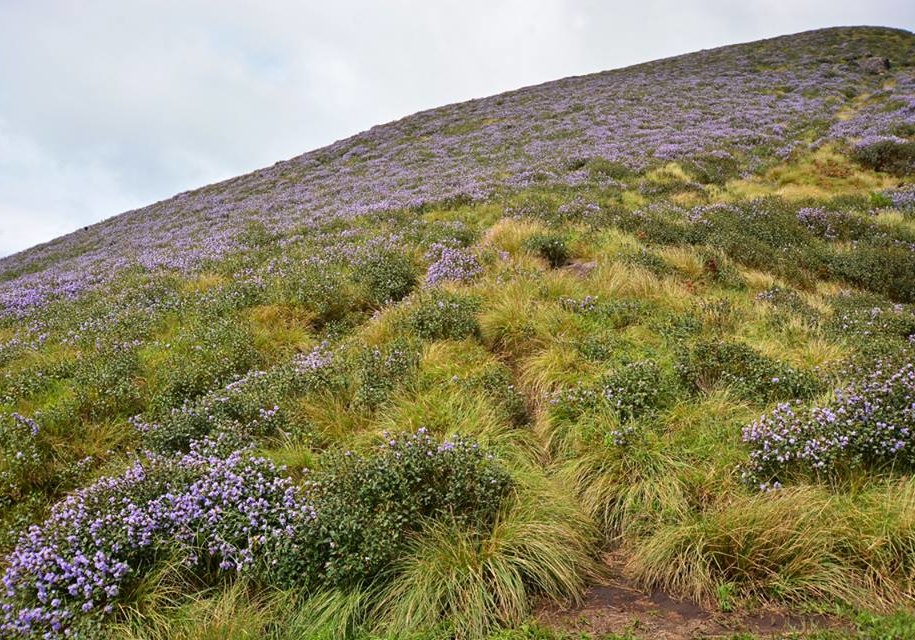
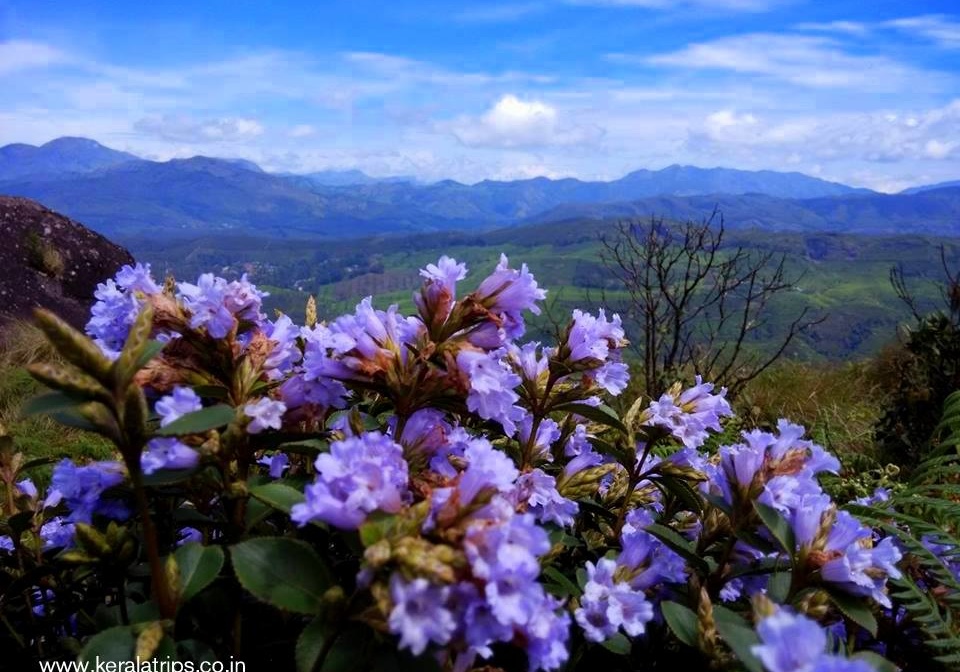
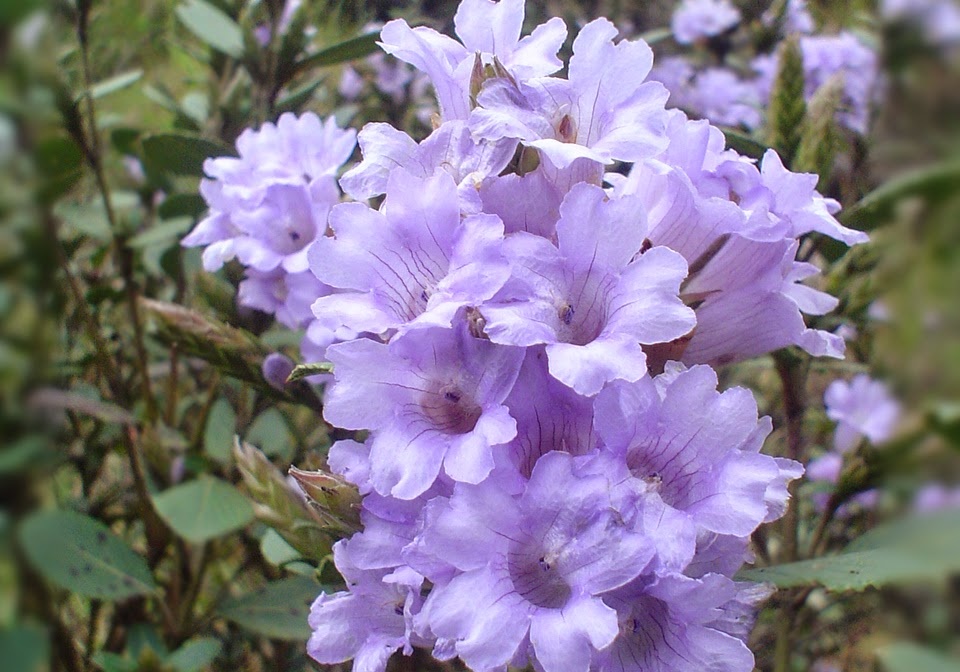
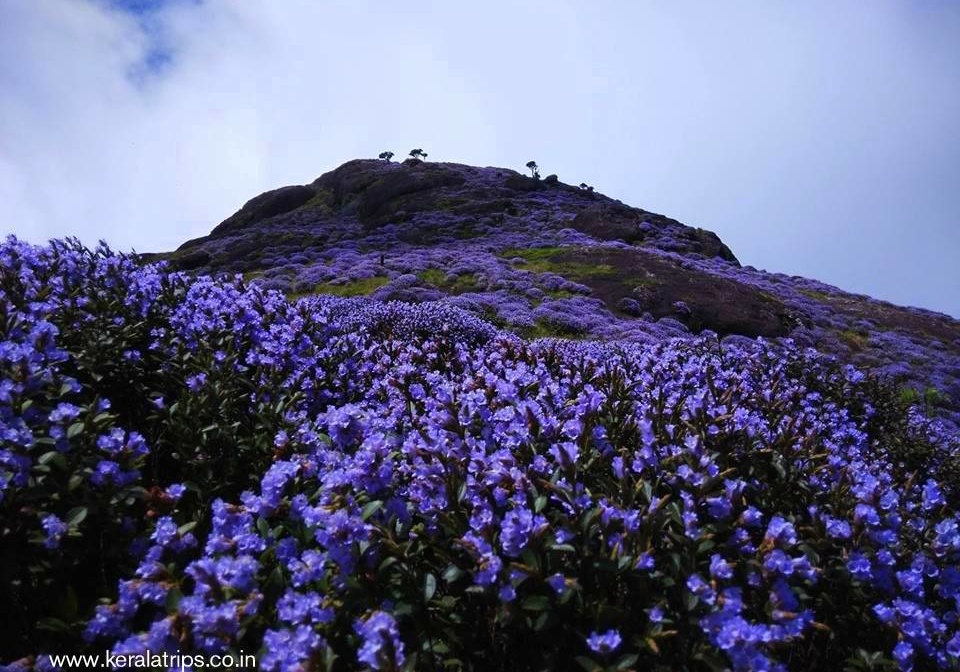
The Kurinjimala Sanctuary is famous for the Neelakurinji, a blue flower that grows in abundance in the Munnar regions. The name of the sanctuary is derived from the word Kurinjimala, which means the mountain of Kurinji flowers. The forest department organises a Neelakurinji Festival in the month of October, every year. The sanctuary is located in the Idukki region and is amongst the protected areas. It offers shelter to endangered animals like tiger and niligiri thar. The grizzled giant squirrel, Nilgiri wood-pigeon, elephant, sambar deer, gaur and pigeon can also be spotted in the sanctuary.
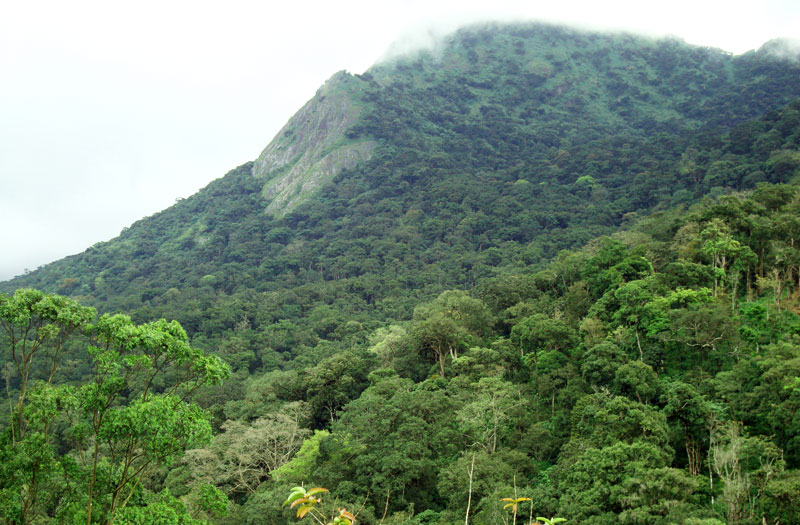
MATHIKETTAN SHOLA NATIONAL PARK
Spread over 12.82 sq km, Mathikettan Shola National Park is located 130 km west of Madurai, in Udumbanchola taluk of Idukki district in Kerala. The national park gets its name from Tamil term which literally translates to ‘mind confuser’. It is named so because the locals believe that the path leading to the national park confuses people as soon as they enter the forest.
Situated between many other reserved forests like the Pampadam Shola National Park and Eravikulam National Park, the Mathikettan Shola National Park was part of the Cardamom Hill Reserve region till it was notified as a national park in 2003. The region was notified as a national park owing to the unique characteristics of the shola forests.
The national park is a biodiversity hotspot and plays a vital role in safeguarding wildlife in the region. The terrain, difficult to cross, acts as a natural defence in the protection of the animals and protects their natural habitat. The forest is home to beautiful and rare animals like tigers, panthers, wild elephants, giant grizzled squirrel, flying squirrels, spotted deers and Nilgiri tahrs. The park abounds in snakes too like king cobras, pythons, vipers and rat snakes, turtles, crocodiles and lizards.
The region attracts large numbers of adventure seekers, especially trekkers. Trails running through the forests provide amazing views of the region and you can spot animals and birds in their natural habitat.




PAMPADUM SHOLA NATIONAL PARK
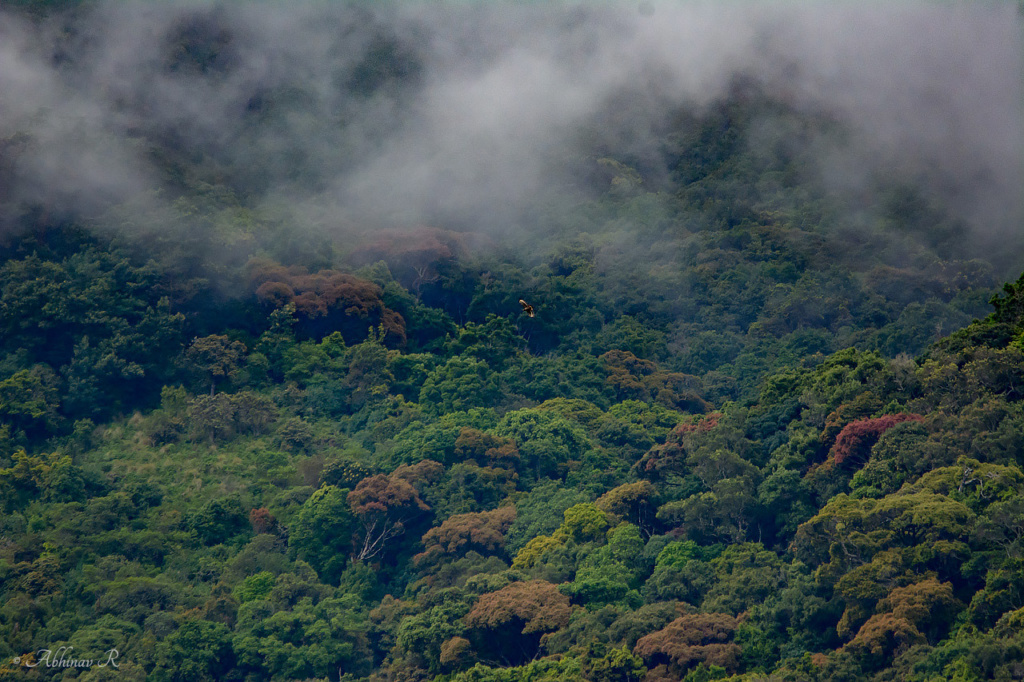
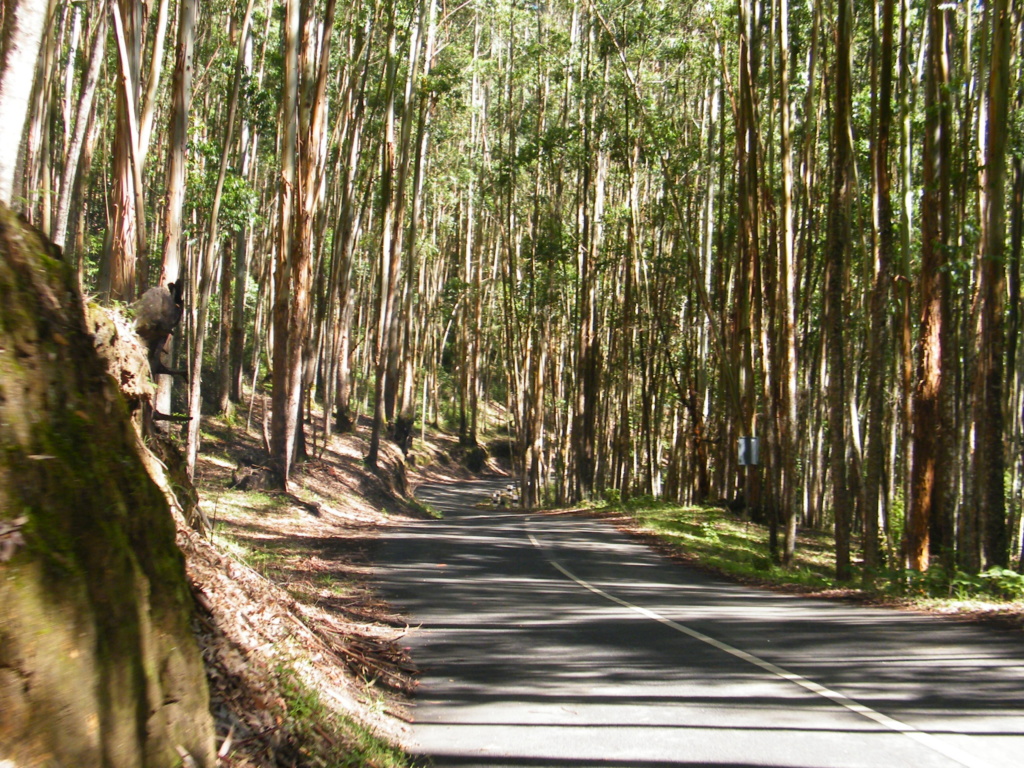
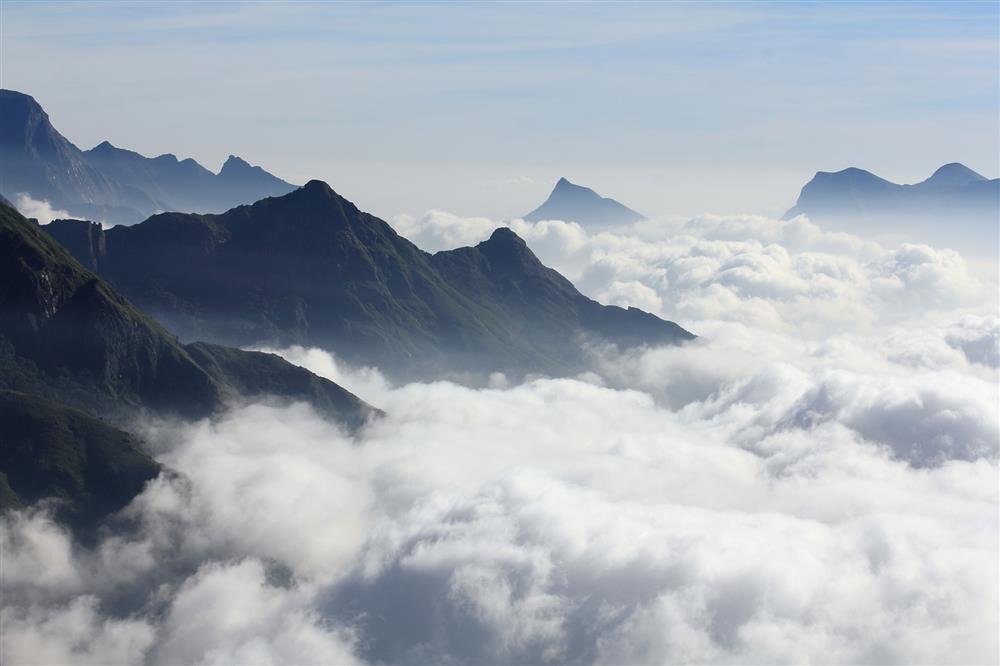


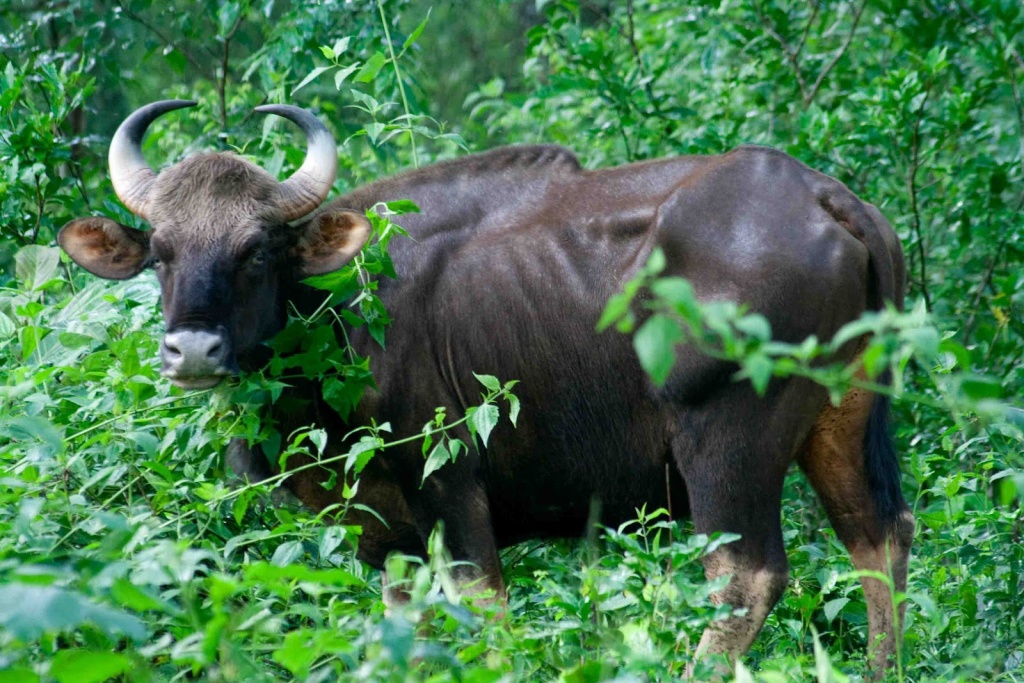
Pampadum Shola National Park lies in the eastern part of Southern Ghats of Kerala. A wildlife enthusiast’s destination, it is located about 35 km away from Munnar Town, on the way to Vattavada in Devikulam Taluk of Idukki district. Declared as a National Park in 2004, it is spread over 11.753 sq. kms. It is the smallest National Park in the state. The forest department does not run any safaris inside Pampadum Shola National Park. But there are Ecotourism facilities which include Trekking and night camping.
The rugged terrain of Pampadum Shola is covered with West coast tropical evergreen, Southern Hilltop Tropical Vegetation found at higher altitudes, West coastal Semi-green at elevation of 100-150m, Southern Moist Mixed Deciduous comprising 60% of the vegetation, Myristica swamp forest, sub-montane hill valley swamp forest etc. The National Park offers a wide range of habitat types to the flora and fauna; 22 Species of trees, 74 species of herbs and shrubs and 16 species of climbers.
The Fauna includes several species that are threatened, rare or endamic. These were found high when the extent of Shola forest is taken into consideration. The restricted and threatened by IUCN, Parantica nilgiriensis was recorded to be highly abundant in the area. Pampadum Shola National Park is a home to a wide range of 9 species of mammals, 14 sp. of birds, 93 species of moths and 100 species of butterflies. Some major animal species found are Elephant, Leopard, Barking Deer, Wild Boar, Wild dog, Common Langur etc. Among the birds, most common are Blue Rock-thrush, Blue-capped Rock-thrush, Cormorants, Scaly-breasted Lorikeet, Egrets, Nilgiri Wood-pigeon, Black-and-orange Flycatchers, Nilgiri flycatcher, Darters, White-bellied Shortwing and Pied kingfisher. Reptilian fauna includes King Cobra and Pythons. The forest department does not run any safaris inside Pampadum Shola National Park. But there are Ecotourism facilities which include Trekking and night camping.
PERIYAR TIGER RESERVE AND WILDLIFE SANCTUARY

Periyar National Park and Wildlife Sanctuary (PNP) is a protected area in the districts of Idukki and Pathanamthitta in Kerala, India. It is notable as an elephant reserve and a tiger reserve. The protected area covers an area of 925 km2 (357 sq mi). 350 km2 (140 sq mi) of the core zone was declared as the Periyar National Park in 1982.
The park is often called the Periyar Wildlife Sanctuary or Thekkady. It is located high in the Cardamom Hills and Pandalam Hills of the southern Western Ghats along the border with Tamil Nadu.


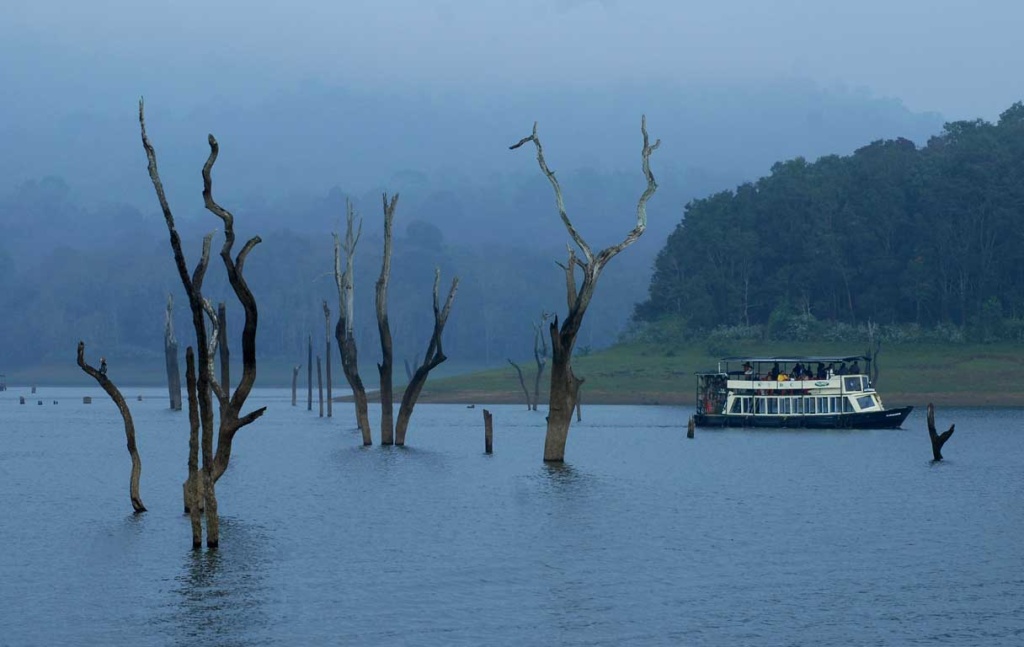

THATTEKKAD BIRD SANCTUARY
The Thattekkad Bird Sanctuary was established by Dr. Salim Ali, a renowned ornithologist of India, in 1983. It is situated in the Kothamangalam region of the Idukki District and is home to around 500 species of rare birds. It is covered with thick tropical deciduous and evergreen forests and spreads over an area of 25 sq km. The tributaries of the Periyar River are the prime source of water for animals residing in the sanctuary. Numerous species of bee-eater, jungle fowl, black-winged kite, falcon-grey, shrike, crimson-throated barbet, Ceylon frog moth and sun bird can be spotted inside the sanctuary. The region is also home to night heron, white-breasted water hen, blue-winged parakeet, rose-billed roller and hornbill. It is a habitat for around 28 species of animals and many species of reptiles, making it an ideal site for birdwatchers and nature lovers.
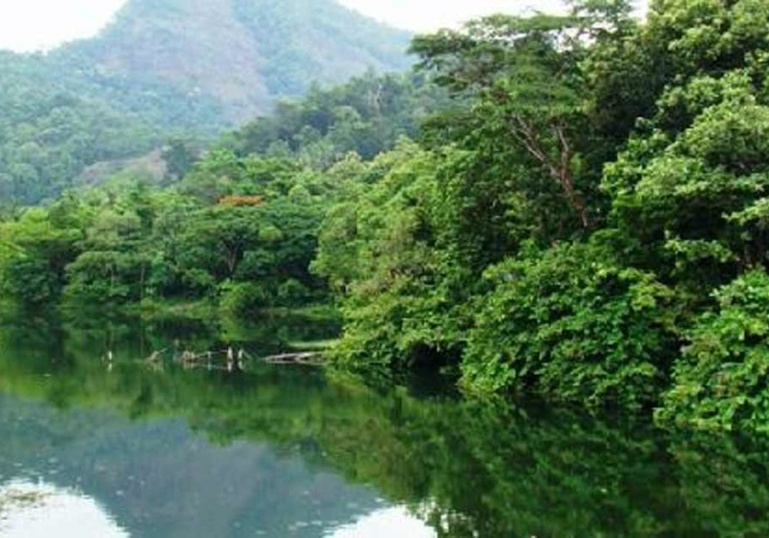
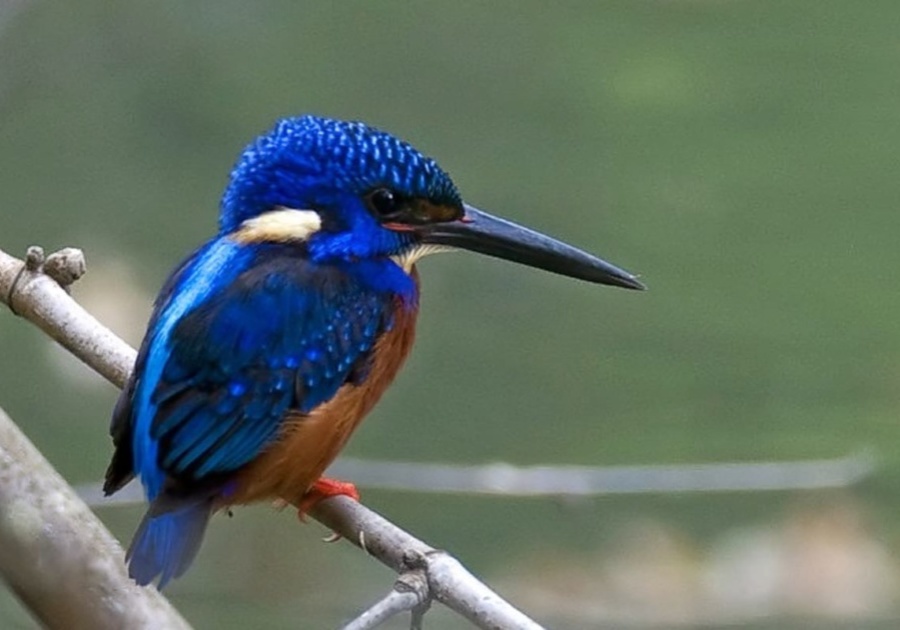
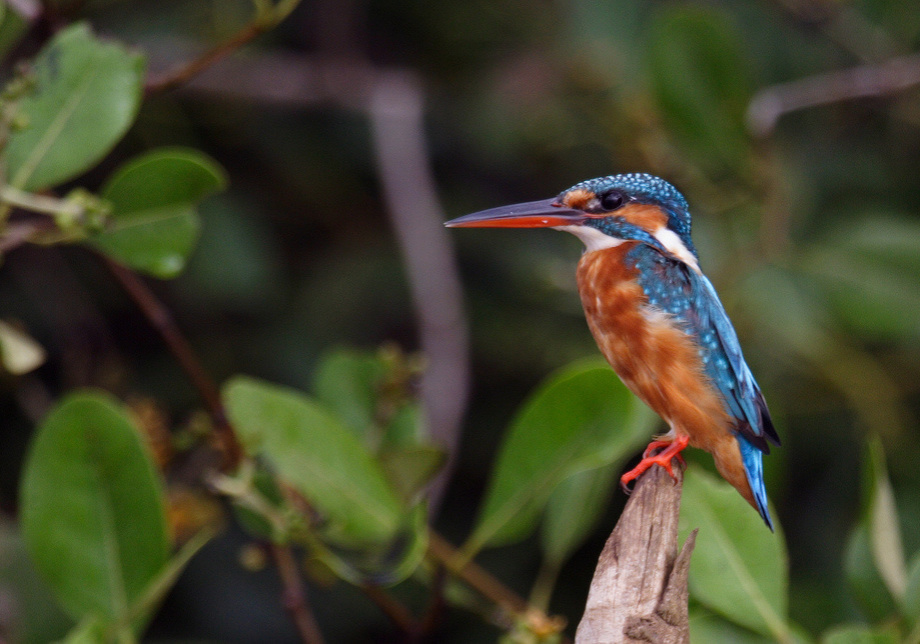







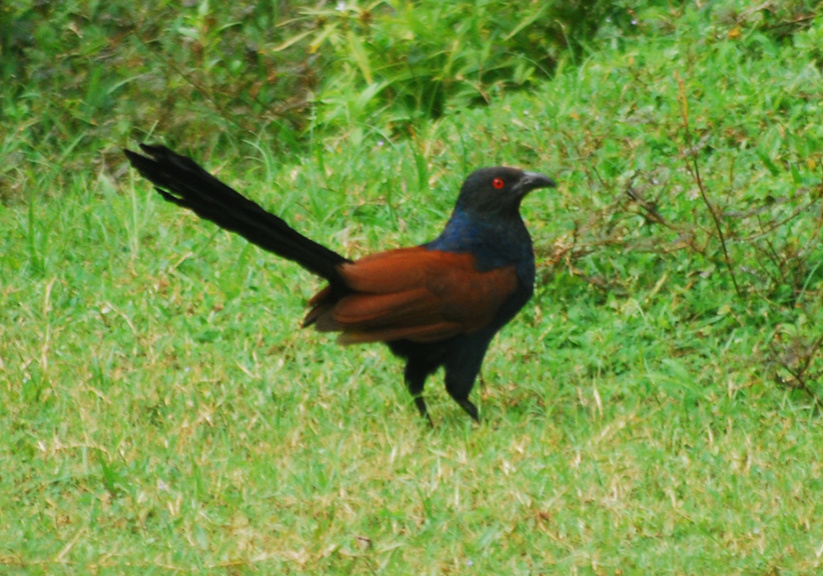
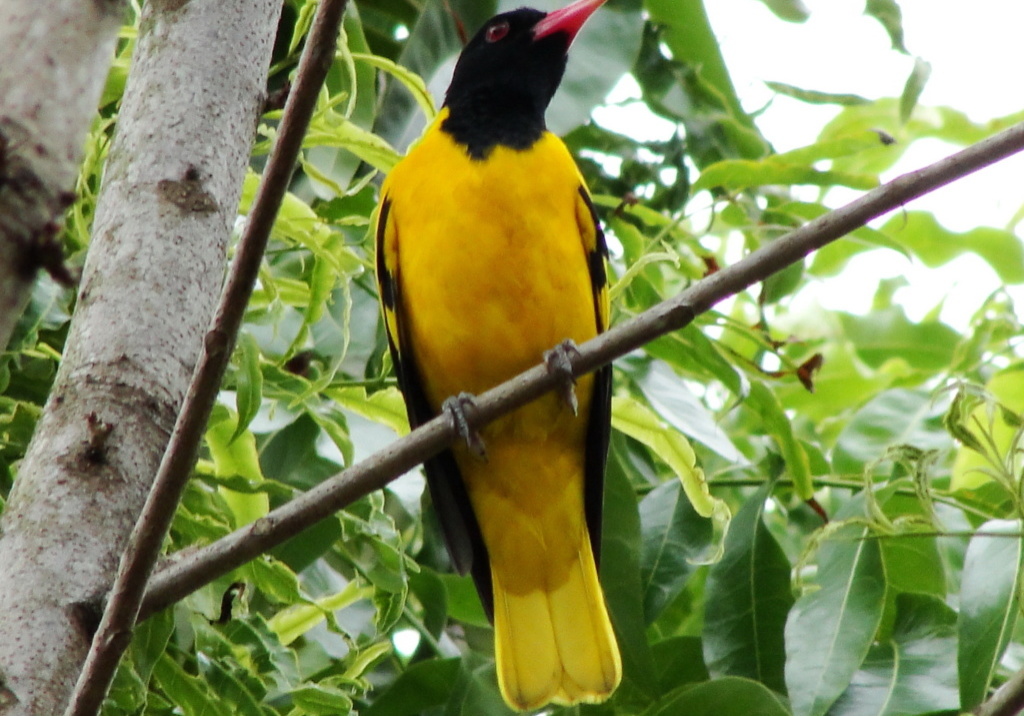
Animals such as leopard, bear and porcupine are commonly seen near the water bodies, while herds of elephants are occasionally spotted in the thick areas of forest. Reptiles like cobra and python can be seen on the tree trunks and in the holes. The sanctuary also provides shelter to a wide variety of plants, including trees of teak, mahogany and rosewood. The park offers safari rides inside the park. Visit during September and October when the adjoining Idduki Arch Dam is full to its capacity. The park is open from 7 am to 5 pm; there is a forest bus that takes visitors around the wildlife park.